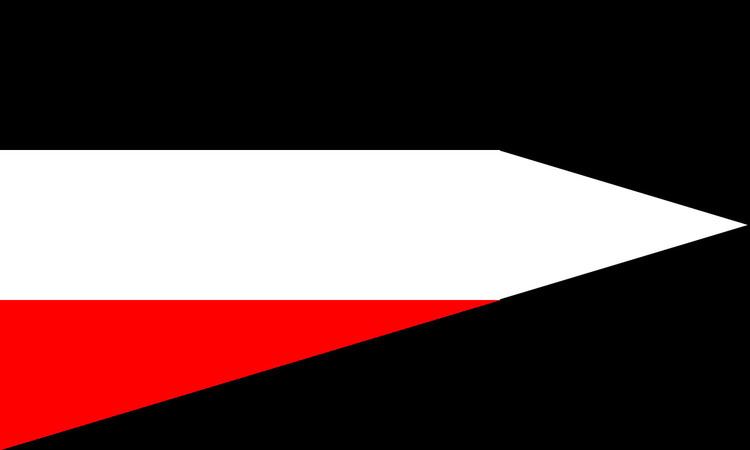Active 2 August 1914 – 1919 Branch Army | Type Cavalry | |
 | ||
Size Approximately 5,000 (on mobilization) | ||
The 6th Cavalry Division (6. Kavallerie-Division) was a unit of the German Army that fought on Eastern and Western Fronts during World War I. The division was formed on the mobilization of the German Army in August 1914 and was disbanded in 1919 during the demobilization of the German Army after World War I.
Contents
Combat chronicle
After formation, the division was initially assigned to IV Cavalry Corps, which preceded the 4th and 5th Armies on the Western Front. In October 1914, it was transferred to Russia and then in October 1916 to Romania. In February 1917, it returned to the Western Front, where it served in Alsace until July 1918, Flanders until August 1918, and Artois to October 1918 before moving back to Flanders where it remained until the end of the war. Dismounted on 5 May 1918, it was restructured to form 6th Cavalry Schützen Division. By the end of the war, it was serving under the Guards Corps, 4th Army, Heeresgruppe Kronprinz Rupprecht on the Western Front.
A more detailed combat chronicle can be found at the German-language version of this article.
Order of Battle on mobilization
On formation, in August 1914, the component units of the division were:
See: Table of Organisation and Equipment
6th Cavalry Schützen Division
The 6th Cavalry Division was extensively reorganized during the course of the war, culminating in its conversion to a Cavalry Schützen Division, which was a dismounted cavalry formation. The cavalry brigades were then renamed Cavalry Schützen Commands and performed a similar role to that of an infantry regiment command. Likewise, the cavalry regiments became Cavalry Schützen Regiments and were allocated the role of infantry battalions, with their squadrons acting as infantry companies. However, these units were much weaker than normal infantry formations as a Schützen squadron had a strength of just four officers and 109 NCOs and other ranks, which was considerably less than that of an infantry company.
Late World War I organization
Allied Intelligence rated this division as 4th Class (of four classes). Its late war organization was:
